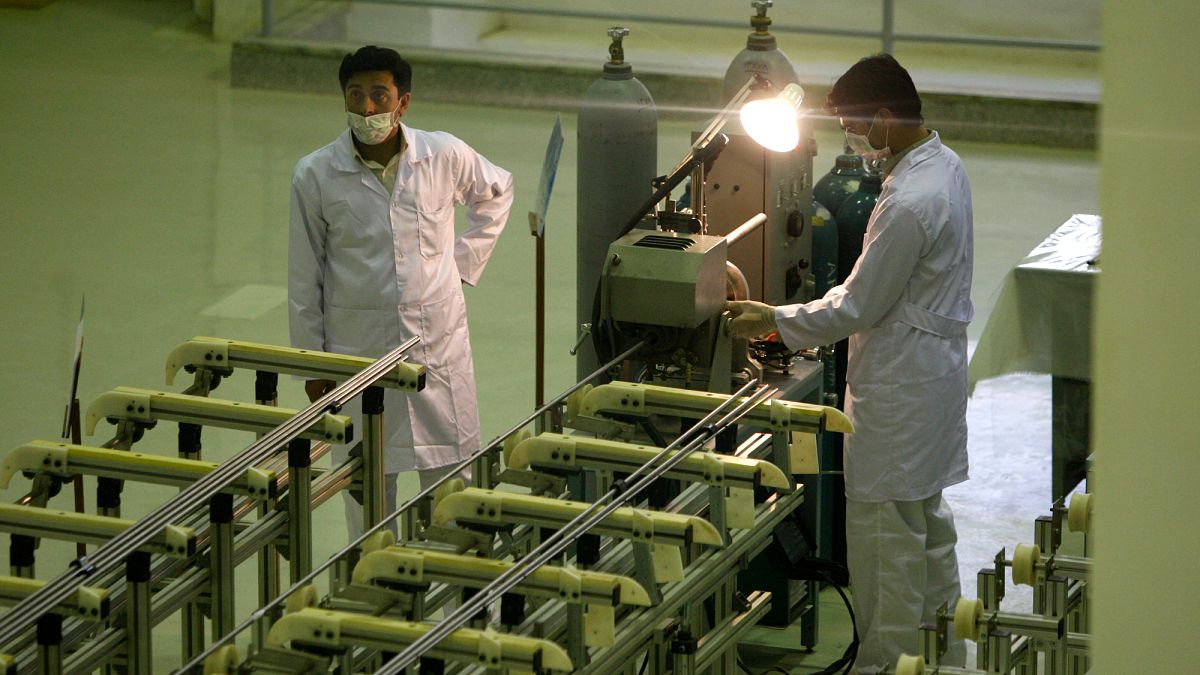US strikes caused “severe damage” to Iran’s nuclear facilities after a leaked report downplayed the extent of the operation, CIA Director John Ratcliffe said on Wednesday.
According to Ratcliff, key sites had been destroyed and would have to be rebuilt over the “course of years”. He stopped short of declaring that Iran’s nuclear programme had been outright eliminated.
The new intelligence assessment comes a day after a leaked early assessment from the Defence Intelligence Agency (DIA) played down the extent of the destruction and concluded that key components of Iran’s nuclear programme could be restarted in months.
It also mentioned that much of Iran’s stockpile of highly enriched uranium had been moved by Iran before the US struck the sites over the weekend — a claim the head of the UN’s nuclear watchdog said on Thursday was a possibility.
Trump initially said that the use of US bunker-buster bombs on the Fordow and Natanz uranium enrichment sites was a “spectacular military success” that “obliterated” the key locations.
He denied media reports about the assessment from the DIA, posting on social media on Wednesday that the “fake news” media had “lied and totally misrepresented the facts”.
Also on Wednesday, US President Donald Trump and Defence Secretary Pete Hegseth appeared to cast doubt on the scale of the damage inflicted on the sites.
During the NATO summit in The Hague, Trump told journalists that the “intelligence was very inconclusive”.
“The intelligence says we don’t know. It could’ve been very severe. That’s what the intelligence suggests,” he said, later reversing his claim by saying that the Iranian programme had been set back “decades”.
Hegseth described the damage to the facilities as “moderate to severe”, although he rejected the DIA report, calling it false.
US officials have also pointed to conclusions made by the Israelis. On Wednesday, the office of Israeli Prime Minister Benjamin Netanyahu said that the US strike on the Fordow facility “rendered it inoperable” and that the combined effort of Israeli and US strikes had “set back Iran’s ability to develop nuclear weapons by many years”.
‘Either too early to know or you know’
Experts say that drawing reliable conclusions about the impact of the US strikes is difficult only days after they have taken place.
Jeffrey Lewis, a professor of nonproliferation at the Middlebury Institute, told AP that, “either it’s too early to know, or you know” about the damage to the sites.
A spokesperson for the Iranian foreign ministry said the facilities have suffered significant damage, although declined to elaborate in detail which facilities had sustained the most damage and to what extent.
Grossi, the head of the International Atomic Energy Agency (IAEA), the UN’s nuclear watchdog, said on Tuesday that the sites had seen “extensive damage” as a result of the conflict.
The IAEA assessed that access roads close to the underground facility and an entrance at the Furdow site were hit. At the Natanz site, the IAEA said in its initial assessment that two impact holes from US strikes were found above the underground halls that had been used for enrichment and storage.
As the row over the extent of the damage to Tehran’s nuclear sites continues, diplomatic efforts to prevent Iran from rebuilding its nuclear programme are also gaining traction.
Trump said that US and Iranian officials would meet soon to resume a dialogue that was interrupted by nearly two weeks of open conflict between Israel and Iran.
“I don’t care if I have an agreement or not,” Trump said, because Iran was too badly damaged to even consider rebuilding its programme. “They’re not going to be doing it anyway. They’ve had it.”
The IAEA has rejected an “hourglass approach” involving different assessments of how many months or years it would take Iran to rebuild its programme, saying that such efforts distracted from finding a long-term solution.
Iran still had the “technical knowledge” and “industrial capacity” to rebuild its programme, Grossi said, adding that his priority was allowing IAEA inspectors back to the sites to conduct a thorough assessment.
Additional sources • AP

